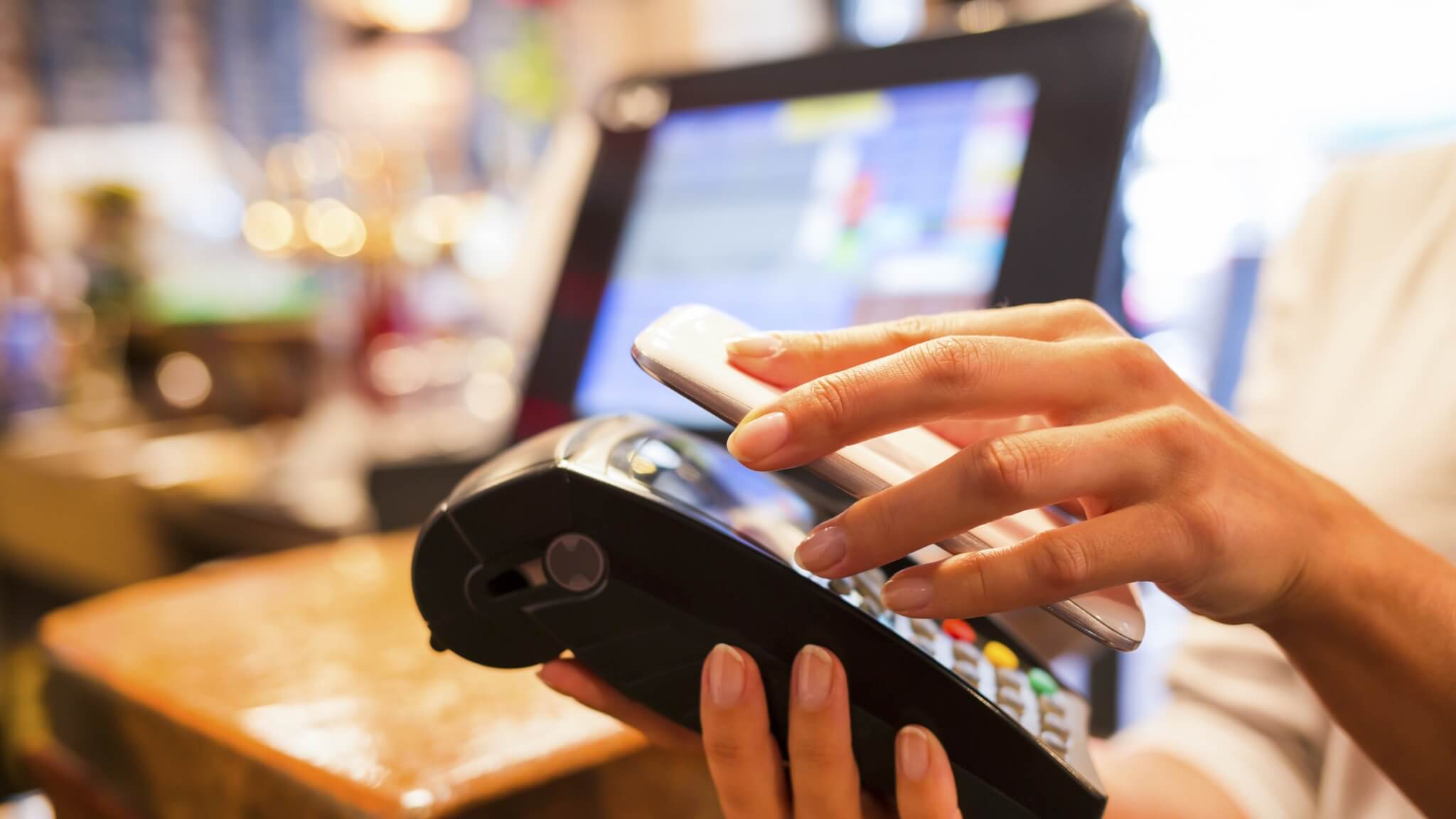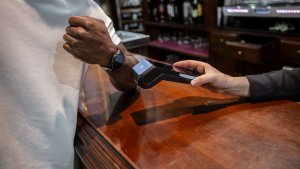Dennis Jones, CEO of Judo Payments – one of the payment platforms chosen for Apple Pay – takes a look at how it’ll work and estimates the size of the technology's impact.
Why Apple Pay Means Business
Dennis Jones, CEO of Judo Payments – one of the payment platforms chosen for Apple Pay – takes a look at how it’ll work and estimates the size of the technology's impact.

Apple Pay has launched in the UK and consumers are getting their first taste of the future of payments. Since launching in the US in October – amidst high hopes and great fanfare – it now accounts for $2 out of every $3 spent using contactless payments.
New research also shows that 36% of global mobile payments are made through iPhones. Both truly impressive statistics. This number is likely to increase as by the end of the year half of the top 100 US merchants will accept payments via Apple Pay and more due in 2016.
As it launches in the UK with huge brands already signed up including McDonalds, Nando’s and Costa – and as with the US, many more expected in the coming months – it marks the next phase of a fundamental shift in how we pay for things. Whilst the original shift from cash to cards offered consumers added security, ending the need to carry physical money, it actually slowed down the transaction process.
"Consumers are already voting with their fingers, increasingly making purchases on the move"
Apple Pay will not only add further security to the process of buying goods and services (whether in-store or in-app), it also makes payments quick and seamless, something which retailers and consumers alike will gain from. It could even eliminate the need to carry a wallet, as Apple Pay users take advantage of the computer in their pockets.
Given Apple’s huge reach – with sales of iPhones constituting 38.1 per cent market share in Q1 – and the UK’s existing infrastructure for contactless payments, it’s likely to be a hit with iOS users. Adoption of Apple Pay may well exceed rates experienced in the US.
How it works
Businesses can enable consumers to either walk in and pay through Near Field Communications (NFC) by holding their phone against a card terminal, or pay at the tap of a button within a mobile app. The existing contactless technology is coupled with some neat behind-the-scenes tech known as ‘tokenisation’ – whereby sensitive card information isn’t saved onto a phone, but substituted with a non-sensitive equivalent or ‘token’.
In Apple’s case this is known as a ‘Device Account Number’ which replaces the need for transaction information and card numbers to be stored on its servers. When making a payment, only the DAN is shared with the seller, eliminating direct access to customers’ card details. The expected decrease in fraudulent transactions this will cause will be a welcome relief for banks and their customers.
This technology means that there’s very little required, besides signing up of course, for a company which accepts cards and has contactless terminals to offer Apple Pay when it launches. Companies with an existing app simply have to partner with a payments provider whose SDK (software development kit) is integrated with Apple Pay, enabling their native apps to use Apple’s platform.
Access to such a seamless method of payment for their customers should prove to be a straw that breaks the camel’s back for companies who’ve thus far been on the fence about building an app.
For the user, a device with a secure element chip – the hardware chip dedicated to securing card information securely - is required.
At present this includes iPhone 6, 6 Plus, iPad Air 2, iPad mini 3, and the Apple Watch, when paired with an iPhone 5 or later model. At the moment of an in-store purchase, customers simply hold their phone near the terminal with their finger on Touch ID and the phone vibrates to register that the purchase has been successful.
In-app purchases can be made by simply tapping the Apple Pay button at checkout, similarly using Touch ID. It drastically reduces the time spent either standing at the till or tapping in usernames and passwords in apps. Apple Watch users don’t even need to pull their phones out of their pockets.
What’s in it for businesses?
This year is set to be a huge year for mobile payments. In the coming months Android Pay and Samsung Pay are expected to be launched.
In the last couple of weeks alone, Facebook has incorporated mobile payments into its Messenger app, whilst Barclaycard (one of the few banks not signed up to support Apple Pay) has launched its own contactless payments products. Once consumers recognise the benefits of paying seamlessly via mobile, its use will surge.
We might even live to see a time when cash and cards are a thing of the past and mobiles – or whatever replaces them – are the only way we pay. Businesses who prepare themselves for the move to mobile will put themselves in the strongest position to take advantage.
Frictionless commerce
Of course, there will always be laggards when new technologies appear, either those who want to see that the tech works and measure its impact before investing, or those who prefer to stick to what they know. However, in the UK in 2015 this would be a missed opportunity to be ahead of the curve.
Consumers are already voting with their fingers, increasingly making purchases on the move. In London we’re witnessing a new trend for busy workers to pre-order their lunch through a restaurant’s app, skip the queue when they arrive and spend more of their lunch break relaxing, not waiting in line.
Apple Pay could make this process even quicker, simpler and more secure. Apple Pay can usher in a new era of pre-payments, enabling retailers to better allocate resources and customers to get what they want, when they want it – not 15 minutes later. Just look at the news this month that a fifth of online sales in the UK come from commuters, worth £9.3bn each year.
Companies that make it easier and quicker to make a sale have a lot to gain from this evolving consumer behaviour. It doesn’t take a behavioural economist to see that ‘commuter commerce’, ‘lunchbreak commerce’ or as I prefer to call it ‘instant commerce’ can have a huge impact on our economy and improve every day experiences.
With this in mind, Apple Pay looks set to play a significant role in the increasingly frictionless future of payments.
Thanks for signing up to Minutehack alerts.
Brilliant editorials heading your way soon.
Okay, Thanks!


